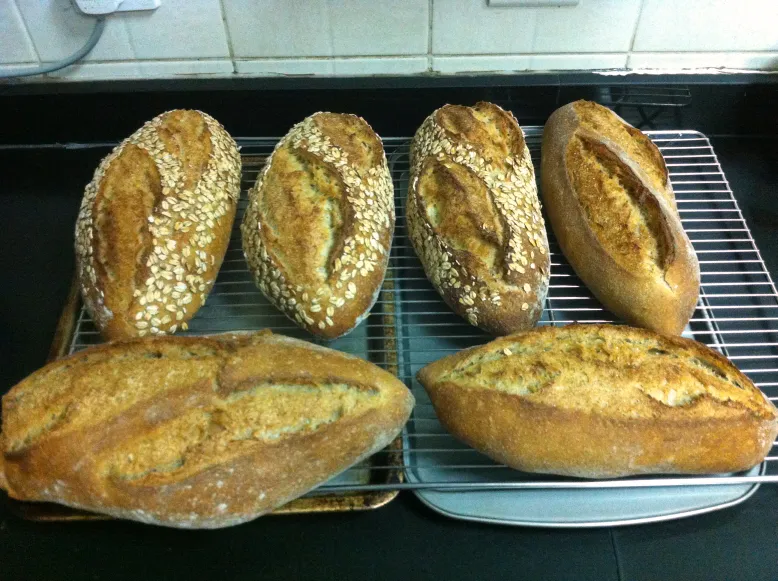Bread to order.

I’ve been away from TFL for some time, and that is mostly due to my father death. He passed away two weeks ago, and I had been busy with his funeral arrangements and dealing with the aftermath of his demise. As it happens, he was also my boss at work for 12 years. I will miss his kind heart. May he rest in peace.
- Log in or register to post comments
- 39 comments
- View post
- Mebake's Blog







